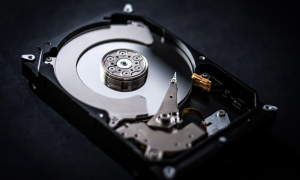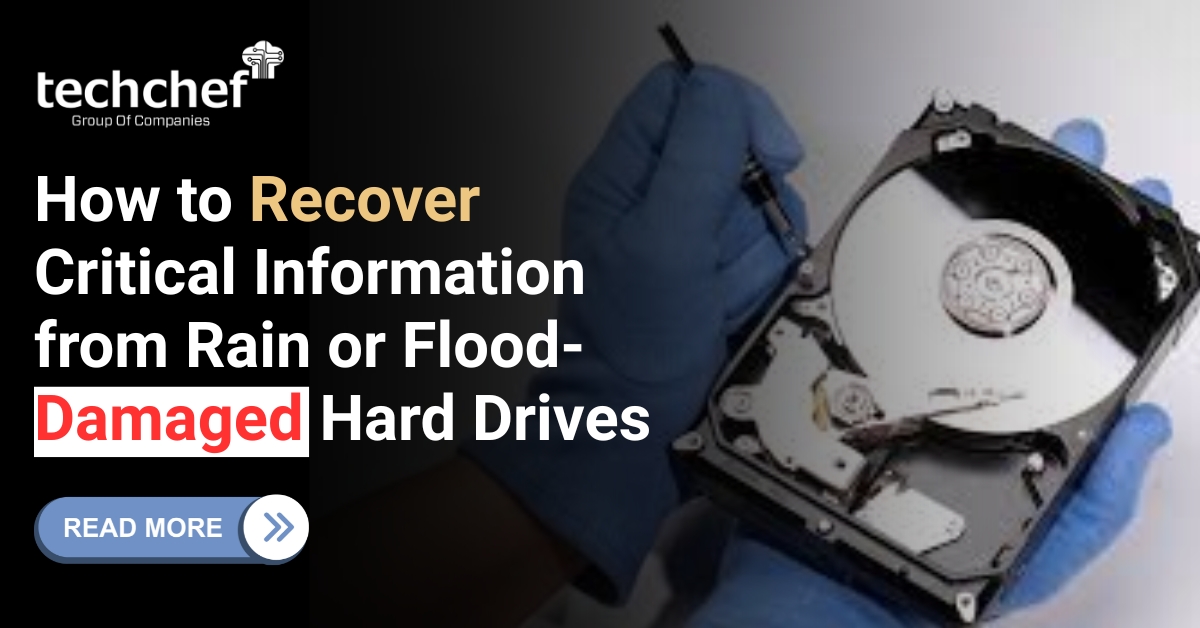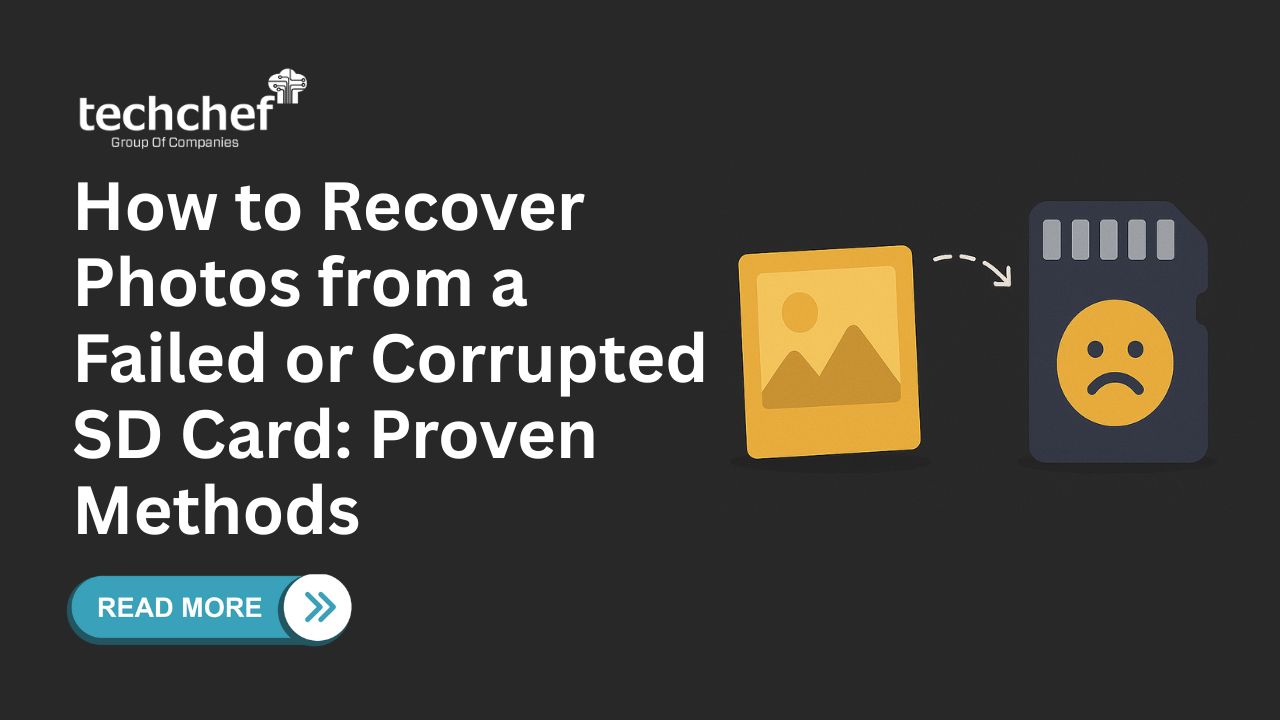Hey friends as we are experiencing the best time of the year the monsoon season, the smell of wet soil approaches, and the refreshing rains bring joy and relief from the heat. However, this rainy season also poses a risk to your electronic devices, especially hard drives, they can be damaged easily and cause trouble. Water damage is a common issue during this time, potentially leading to data loss if not addressed promptly.
If you’ve ever wondered, “Is data recovery possible from a water-damaged hard drive?” you’re in the right place. Let’s explore this topic together and understand how you can recover data from a wet drive, and tips for water-damaged drive recovery.
Did you know?
Saltwater can cause more severe damage to electronics than freshwater due to its conductive nature and corrosive properties.
Understanding Wet Drive Data Recovery
When water meets your hard drive, it can cause a lot of trouble. The moisture can cause corrosion and damage delicate components, potentially leading to data loss. But fear not, modern water-damaged drive recovery techniques have come a long way. With professional help and the right tools, data recovery of the wet drive is possible.

Water-Damaged-Hard Drive
Wet Drive Data Recovery Tips
Discover essential tips for water-damaged drive recovery. Here I will tell you how to save your valuable information and prevent permanent loss with expert advice.
➡ Act Quickly
This is the time to take quick action when dealing with water-damaged drives. The sooner you seek professional help, the higher the chances of successful data recovery.
➡ Avoid DIY Solutions
I understand that it’s tempting to try DIY methods like rice or hairdryers, but trying DIY for other things can be fun but not with your electronic devices. These DIY tips can cause more damage to your drives, they can often do more harm than good. Trusting experts ensures that your data recovery efforts are safe and effective.
Steps to Water-Damaged Drive Recovery
Wet drive data recovery can be challenging but possible. Discover essential steps and tips to help you through the process effectively.
➡ Assessment and Damage Evaluation
The first step in the process of recovering your data involves assessing the extent of the damage. This is where experienced technicians examine your drive to determine how much data can be recovered.
➡ Drying and Cleaning Process
Once the assessment is done, the cleaning process begins. Specialized techniques are used to dry the drive and remove any residues left by the water. This step is crucial to prevent further damage to the drive.
➡ Data Extraction and Recovery Techniques
Next comes the heart of the process—data extraction. Advanced recovery tools and software are employed to extract as much data as possible from the damaged drive. This stage requires expertise and precision to maximize data recovery.
Protecting Your Drives from Water Damage
Water and electronics don’t work together, whether it’s a laptop, external hard drive, or even your smartphone, keeping your devices safe from water is crucial to avoiding data loss and expensive repairs. Here are some practical tips to help you protect your drives:
➡ Choose Water-Resistant Storage Solutions
Invest in storage devices that are designed to be water-resistant or waterproof. Look for products with IP ratings that indicate their resistance to dust and water. These devices offer an added layer of protection against accidental spills or exposure to moisture.
➡ Use Protective Cases and Covers
For portable devices like laptops and external hard drives, consider using protective cases or covers. These accessories can help shield your devices from water damage during everyday use and transport. Look for cases that are specifically designed to be water-resistant or waterproof for maximum protection.
➡ Keep Drinks Away from Your Devices
I know it may sound like common sense but it’s important to keep in mind. Avoid placing drinks or liquids near your devices, especially when working or using them in environments where spills are more likely to happen. A simple spill can lead to serious damage to your electronics and potential data loss.
➡ Store Devices in Safe Locations
When not in use, store your devices in safe and dry locations. Avoid leaving them exposed to areas where water or moisture could potentially reach them, such as near sinks, open windows, or humid environments. Opt for secure storage areas that are away from potential water damage.
➡ Regular Maintenance and Inspections
Perform regular maintenance checks on your devices to ensure they are in good working condition. Inspect for any signs of wear, cracks, or vulnerabilities that could allow water to penetrate. Carefully address any issues to prevent potential damage.
➡ Backup Your Data Regularly
One of the best defenses against data loss due to water damage is regular data backups. Store your important files and documents on multiple devices or cloud storage solutions. This way, even if one device is affected by water damage, your data remains safe and accessible.
Conclusion
Don’t let water damage be the end of your important files and cherished memories. At Techchef, our professional data recovery services specialize in recovering data from water-damaged hard drives with a high success rate. Using advanced technology and expertise, we ensure the best possible recovery of your valuable data.
Act quickly and contact us today at 1800-313-1737 for wet drive data recovery. Trust the experts for your valuable hard drive data recovery. Book a Free Consultation and learn how we can help you to get your data back.










